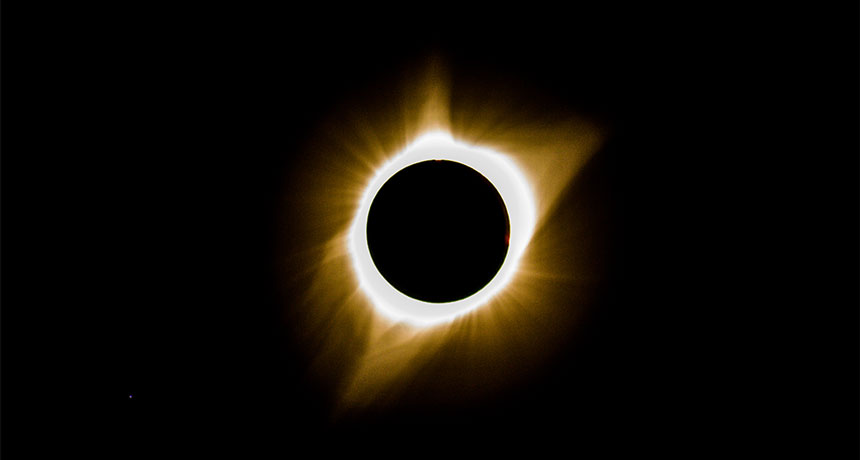Scientists Discover a Phenomenon That Might Help Them Understand the Sun’s Corona

The Sun’s Corona remains one of the most puzzling things for scientists. The Corona is located 1,300 miles from the star, but it manages to be more than a hundred times hotter than other layers which are close to the Sun. That is why the researchers decided to investigate this.
“We knew that something intriguing happens at the interface between the photosphere – the Sun’s surface – and the corona, given the noticeable disparities in the chemical composition between the two layers and the sharp rise in plasma temperatures at this junction,” explains NJIT’s Gregory Fleishman.
Heavy metal ions
The team managed to find some exciting things. They discovered that there are regions in the corona which have high levels of heavy metal ions which are contained in magnetic flux tubes. This revealed extremely high levels concentrations of multiply charged metals.
“These observations suggest that the corona may contain even more thermal energy than is directly observed in the EUV range and that we have not yet accounted for. This energy is visible in other wavelengths, however, and we hope to combine our data with scientists who view it through microwaves and X-rays, such as scientists at NJIT’s Expanded Owens Valley Solar Array, for example, to clarify mismatches in energy that we’ve been able to quantify so far,” Gregory Fleishman adds.
More theories try to explain the heat of the corona. Researchers believe that the magnetic energy lines reconnect in the upper atmosphere and release explosive energy and then the energy waves dumped in the corona convert to thermal energy. “Before we can address how energy is generated in the corona, we must first map and quantify its thermal structure,” Fleishman concluded.
0 comments